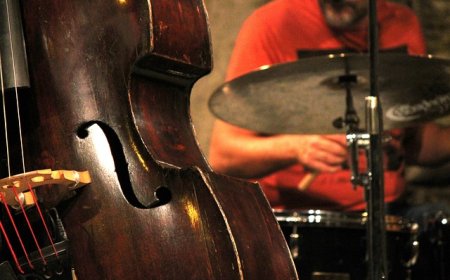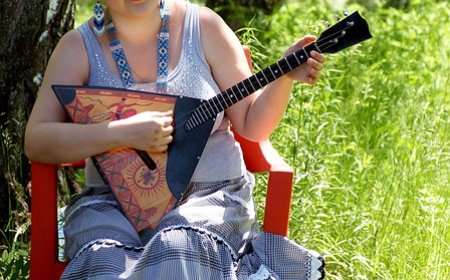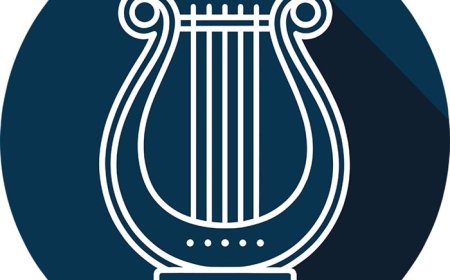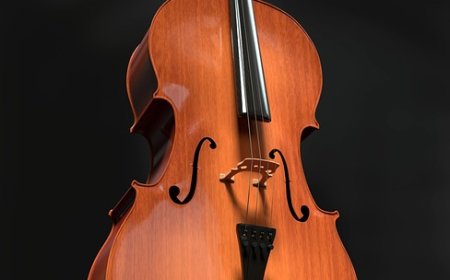Shamisen Facts for Students Japan's Traditional Three-String Instrument
Learn about the shamisen, Japan’s traditional three-stringed instrument. Discover its unique sound, parts, history, famous players, and how to play it.
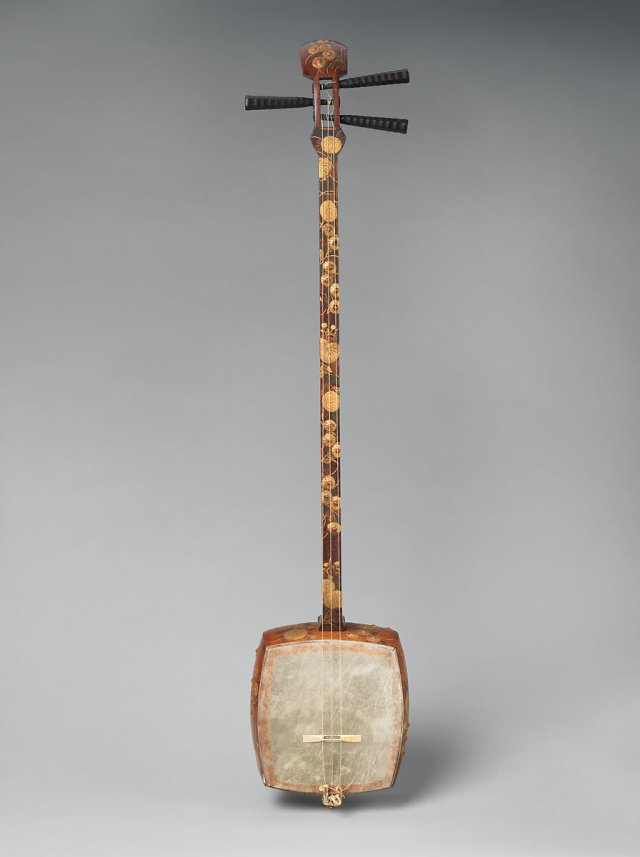
🎼 All About the Shamisen
🥇 Introduction
The shamisen is a three-stringed instrument from Japan, known for its strong, twangy sound and important role in traditional Japanese music and theater. Played with a large pick called a bachi, the shamisen creates a mix of melody and rhythm that's both musical and percussive. It's heard in kabuki theater, folk songs, and modern Japanese fusion music, making it one of the most versatile instruments in Japanese culture.
🎶 What Is a Shamisen?
The shamisen (pronounced sha-mee-sen) is a plucked string instrument that looks a bit like a banjo or guitar, but with a unique sound and structure. It has:
-
A long, fretless neck
-
A small box-shaped body
-
Three silk or nylon strings
It's played using a large triangular plectrum called a bachi, which is used to pluck and strike the strings. The shamisen's sound is sharp, rhythmic, and bright, making it great for storytelling and performance.
🧩 Parts of the Shamisen
Each part of the shamisen plays an important role in producing its bold tone:
-
Sao (Neck) - A long, smooth wooden neck without frets
-
Do (Body) - A square or rounded soundbox, covered with skin on both sides
-
Koma (Bridge) - A small piece that raises the strings and helps transmit vibrations
-
Ito (Strings) - Three strings, traditionally made of silk but now often nylon
-
Itomaki (Tuning Pegs) - Three large wooden pegs used to tune the strings
-
Bachi - A large pick shaped like a fan or triangle, used to pluck and strike
-
Tenjin (Head) - The top part of the neck where the strings are attached
-
Neo (Tail Cord) - A knot or loop that holds the strings at the base
The skin on the body was traditionally made from cat or dog skin, but modern shamisen often use synthetic or natural alternatives.
⚙️ How Does the Shamisen Work?
To play the shamisen, the musician holds the instrument upright and uses the bachi to strike or pluck the strings. The strings vibrate, and the sound is amplified by the resonating body.
The shamisen is fretless, which means players press directly on the neck with their fingers to change notes, allowing for slides, bends, and dramatic flourishes.
Because the bachi is also used to hit the strings, the shamisen creates a mix of melodic and percussive sound, which makes it especially exciting in theater and storytelling performances.
📜 History of the Shamisen
The shamisen developed in Japan in the 1500s, inspired by an older Chinese instrument called the sanxian. It first appeared in Okinawa and then spread to the rest of Japan.
Over time, the shamisen became central to many traditional Japanese arts:
-
In bunraku puppet theater, it supports emotional storytelling
-
In kabuki theater, it adds drama and rhythm to live action
-
In minyo (folk songs), it's played in festivals and village gatherings
-
In geisha music, it's used to accompany singing and dancing
The shamisen has adapted over time, and today it's also used in rock, jazz, and anime soundtracks!
🥁 Famous Shamisen Players
These musicians helped bring the shamisen to life in traditional and modern ways:
-
Takemoto Gidayū - Early master of narrative music in bunraku theater
-
Shinichi Kinoshita - Combines shamisen with modern styles like jazz and rock
-
Yoshida Brothers - Twin brothers who made the shamisen famous worldwide with fast, modern playing
-
Chikuzan Takahashi - Blind master of Tsugaru shamisen, a fast and emotional style from northern Japan
-
Hiromitsu Agatsuma - Known for blending traditional shamisen with pop and jazz
-
Sumie Kaneko - A female shamisen and koto player who performs internationally
🎶 Learning to Play the Shamisen
The shamisen may look simple, but it takes practice to master. Students begin by:
-
Learning how to hold the instrument and bachi correctly
-
Practicing basic plucking patterns and rhythms
-
Tuning the strings to common tunings (like D-G-D or C-F-C)
-
Memorizing traditional melodies or improvising in Tsugaru style
-
Playing both melody and percussion at once
Many teachers use notation called "shamisen tabs" that use numbers and symbols instead of standard musical notes.
😄 Fun Facts About the Shamisen
-
The word "shamisen" means "three strings" in Japanese
-
The bachi is sometimes as big as the player's hand!
-
There are different styles of shamisen, like Tsugaru, jiuta, and nagauta
-
Traditional shamisen used animal skin, but many modern ones use synthetic skin
-
The shamisen is often played to accompany puppet shows and kabuki plays
-
It can sound like both a drum and a guitar at the same time!
-
Famous anime and video game soundtracks sometimes include shamisen music
👧 Kid-Friendly Summary
The shamisen is a cool Japanese instrument with three strings and a strong sound. You play it with a big pick called a bachi. It's used in stories, plays, and songs, and can sound like both music and a drum. It's fun to learn and great for performing!
📚 Vocabulary Words
Shamisen – A three-string Japanese instrument with a box body and long neck
Bachi – A big pick used to pluck and strike the strings
Fretless – An instrument with no frets, so you can slide between notes
Do – The square body of the shamisen
Sao – The long neck of the instrument
Koma – The small bridge that holds up the strings
Minyo – Japanese folk music
Kabuki – Traditional Japanese theater with costumes, acting, and music
❓ Interactive Quiz (8 Questions)
1. How many strings does a shamisen have?
A. Two
B. Three
C. Four
D. Five
2. What is the shamisen played with?
A. A bow
B. A stick
C. A bachi (pick)
D. A drumstick
3. Which Japanese theater uses shamisen music?
A. Noh
B. Kabuki
C. Taiko
D. Anime
4. What shape is the body of the shamisen?
A. Triangle
B. Round
C. Square or rectangle
D. Oval
5. What does “shamisen” mean?
A. String drum
B. Singing stick
C. Three strings
D. Wooden harp
6. What is special about the neck of the shamisen?
A. It has lights
B. It is curved
C. It has frets
D. It is fretless
7. What kind of music do the Yoshida Brothers play?
A. Only classical
B. Rock and jazz with shamisen
C. Marching band
D. Electronic dance
8. What country is the shamisen from?
A. China
B. Korea
C. Japan
D. India


















































